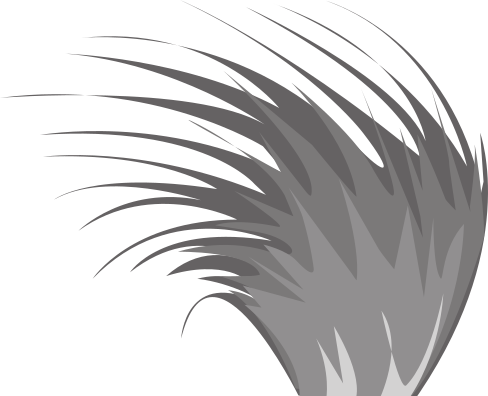Geoff Baylis lecture: Name changes among New Zealand ferns: the good, the bad, and the ugly?
Talk / Seminar on Wednesday 16th of September 2020, 06:00 PM (5 years ago)
Contact: Gretchen Brownstein
Location: Castle 1 Lecture Theatre
Speaker: Leon Perrie
Taxonomists often claim they receive insufficient support for their task of describing the world’s biodiversity. But are they their own worst enemies? Their taxonomic outputs often attract the ire of their intended users because of the changes they prescribe to scientific names. We’ve still much to learn about the evolutionary history of life, so some taxonomic change is presumably allowable. But how much change is appropriate, and who decides? Fern and lycophyte taxonomy is currently in a particularly pronounced flux. For instance, the scheme prescribed by the international Pteridophyte Phylogeny Group would have New Zealand with no species of Blechnum, Cyathea, Lycopodiella, Lycopodium, and Trichomanes (changes to c. 20% of the local fern and lycophyte flora!). I’ll discuss my objections to this, given my personal opinion that it is important to minimise taxonomic changes while maintaining a taxonomy that still reflects evolutionary relationships (i.e., monophyly). I’ll include examples of new and renamed species, and lumped and split fern and lycophyte genera, alongside some relevant examples from among New Zealand’s flowering plants. You can decide what’s good, bad, or ugly.
Biography: Leon Perrie is a Curator of Botany at Museum of New Zealand Te Papa Tongarewa. His research is focused on the taxonomy and evolutionary history of New Zealand’s ferns and lycophytes, and he has co-authored over 100 peer-reviewed publications. A current priority is supporting the completion of the fern and lycophyte chapters for the electronic Flora of New Zealand. He also works with Pacific ferns, especially those of New Caledonia, and he occasionally dabbles with flowering plants (e.g., Pseudopanax, Schoenus, Sophora). He was the lead science curator for Te Papa’s recent revamp of its principal natural history exhibition: Te Taiao Nature.
Location: Castle 1, University of Otago (no drinks or nibbles due to covid)
